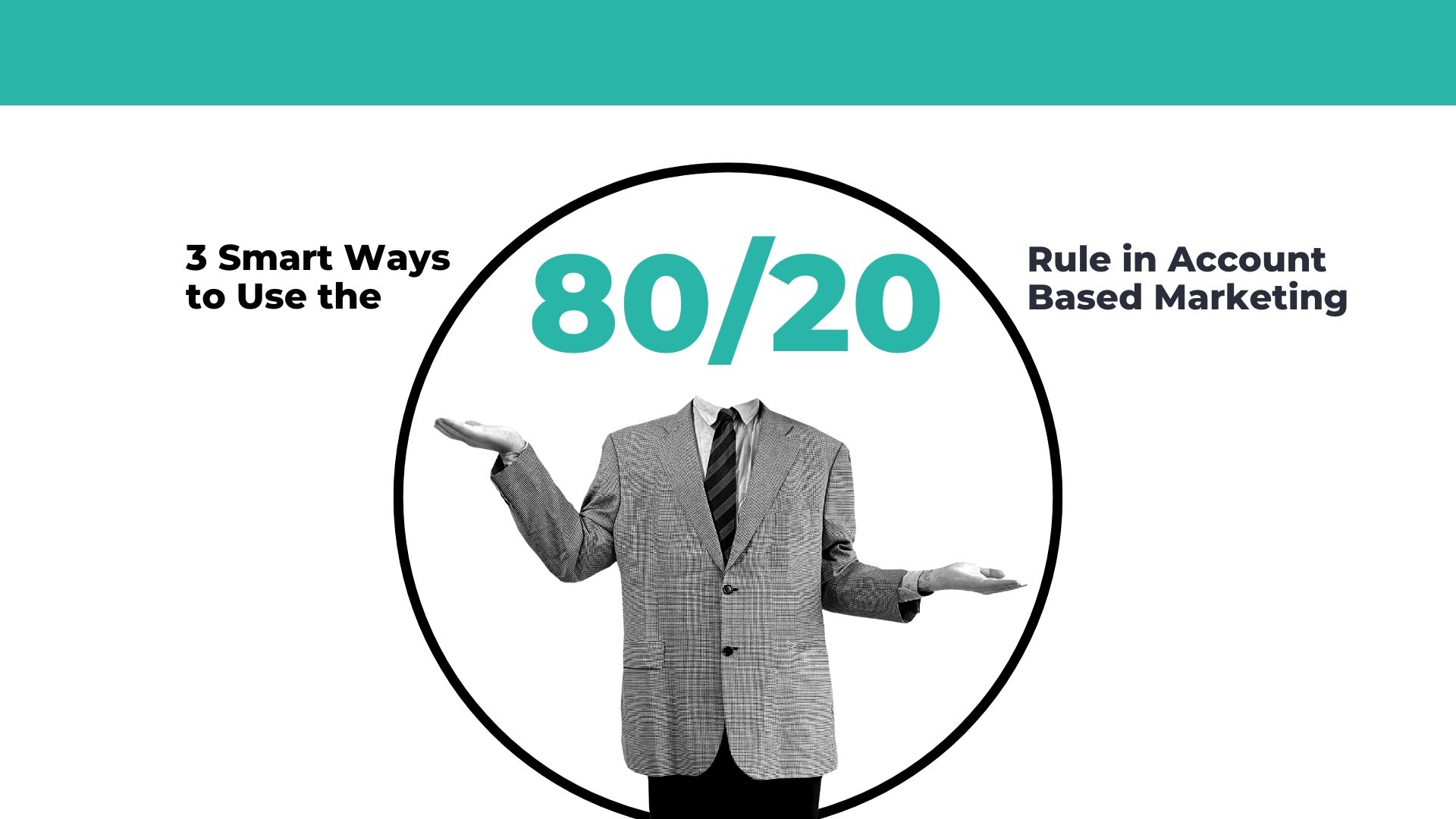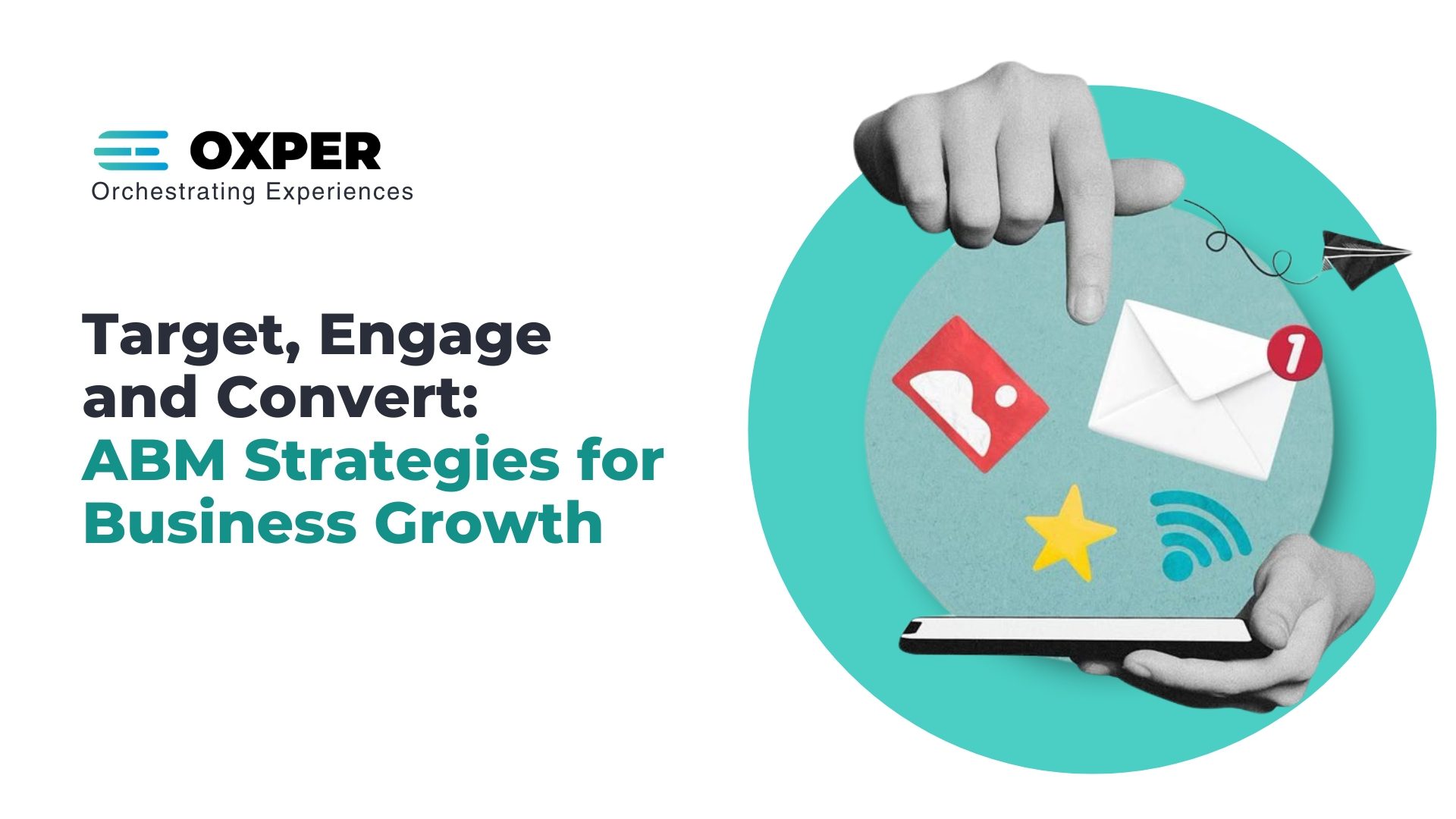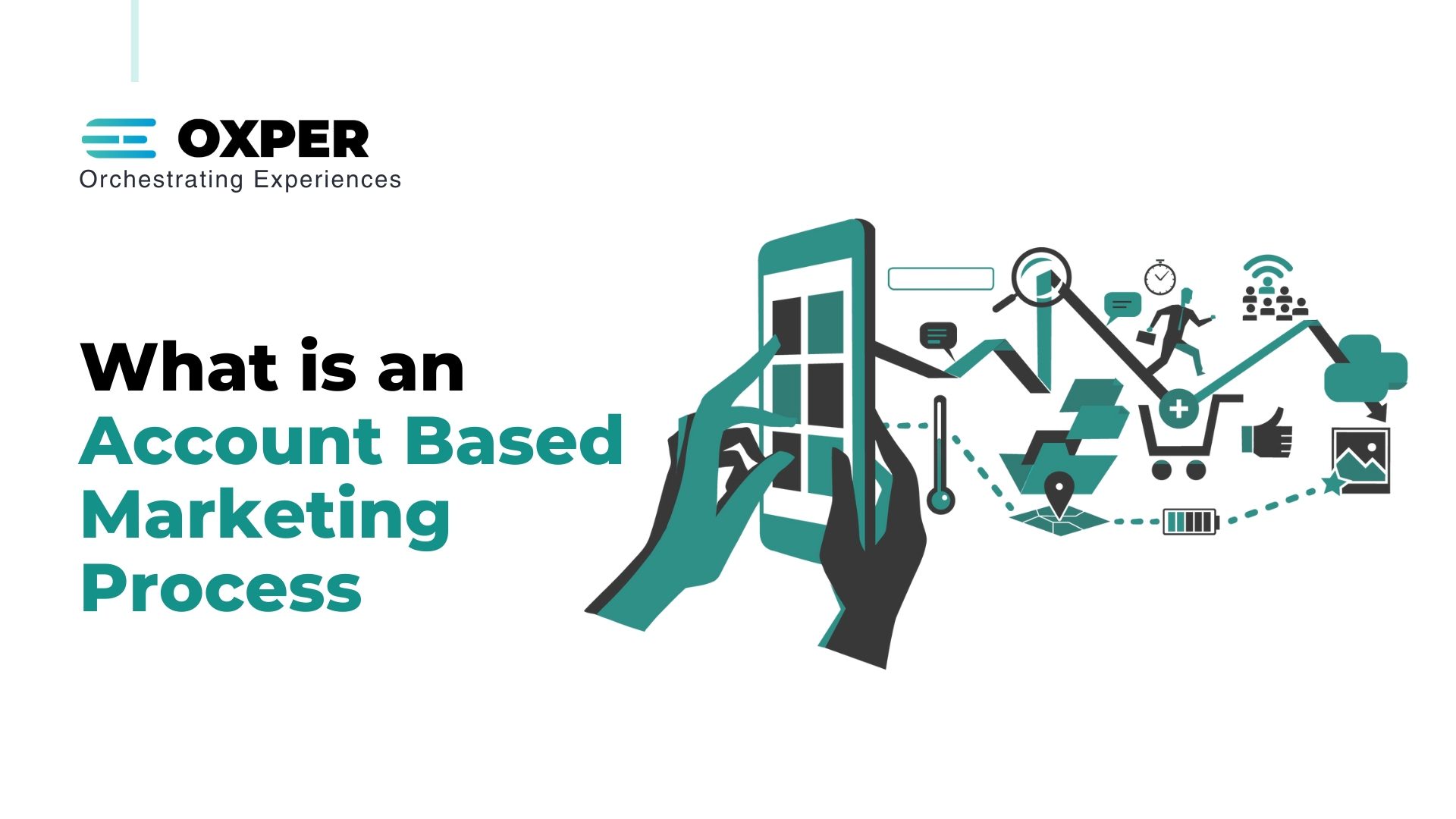Introduction
Once you create a professional relationship with a lead, you must be committed to nurturing it to turn them into a long-term client. Ideally, this commitment should continue throughout your business relationship. However, if you haven’t been nurturing your leads as much as you should, that’s okay—there’s always room to build a better strategy.
At Oxper, we help you bridge that gap. We specialize in crafting lead nurturing strategies that turn interest into loyalty. Whether you’re looking to improve consistency or build stronger connections, our proven approach guides you every step of the way. Start with our Five Steps to Lead Nurturing Success and let Oxper be your growth partner
Understanding Lead Nurturing
Instead of generating new inquiries, lead nurturing focuses on converting contacts who are already highly scored in your marketing database. This enhances the outcomes of previously acquired leads. According to the Demand Gen Report, nurtured leads result in a 20% increase in sales possibilities compared to unnurtured prospects.
Without lead nurturing, inquiries in your system are merely hand-raisers; despite having expressed interest, they still need to be profiled and nurtured before being forwarded to sales. That is accomplished through a procedure called lead nurturing.
The Five Steps to Lead Nurturing Success
The foundation must be established before your lead nurturing programme can be defined. Doing this will increase your chances of making money and acquiring valuable insights.
1. Recognize your customer
Prospects experience stages. You must comprehend these phases and be aware of the content elements that are most appropriate for each. To identify your ideal consumer profile and create buyer personas, interview current customers and those who haven’t purchased from you. For example, What problems does your clientele have? What buying procedures do they use? Next, decide which communications should be sent at each point of the purchase cycle and who is in charge. Effective marketing and sales coordination will maintain consistency in branding, voice, messaging, and experience.
2. Determine what drives your customers.
Examine previous marketing strategies to see how they affected sales. For example, consider the percentage of campaign responses, the number of leads who progressed through all stages, and the messages and content provided at each location.
3. Whiteboard: the ideal user interface
Create a lead nurturing framework that most accurately mirrors your purchase process, then investigate any potential implementation issues. Based on the information you have about the potential customer, think about tailoring the experience. Afterwards, adjust your communication strategy in light of that person’s actions and level of interest in your content. Make a blueprint while keeping the result in mind. When your plan is finalized, please write it down so that you may refer to it later and recall the rationale for your choices.
4. Create a lead nurturing process plan.
Based on prior encounters, determine the campaign’s objective, message flow, content offers, communication channels, and general cadence. Your automated program’s timing is defined thanks to all of this preparation. Make sure to consider every conceivable possibility.
5. Automate conversations
An excellent place to begin is with an automated welcome campaign. Create automated greetings and information delivery systems for people that enter your database. For example, what are the top three things you want people to understand? What more would you like to learn about them?
Common Mistakes to Avoid in Lead Nurturing
1. Lack of Lead Segmentation
When you send the same information to all leads, it will not be relevant.
Solution: Segment leads by behaviors, interests, and funnel stages.
2. Writing Generic Content
When you use a one-size-fits-all approach, you will fail to engage leads.
Solution: Personalize content and messaging based on lead data and actions.
3. Slow to Follow-Up
Taking too long to follow up after objections is detrimental.
Solution: Utilize automation to follow-up immediately after important touchpoints.
4. Over-Nurturing / Under-Nurturing
Too many or not enough touchpoints can cause leads to disengage.
Solution: Establish a balanced cadence frequency based on data and analytics.
5.Selling Too Soon
If you attempt to sell prior to building rapport, you will turn leads away.
Solution: Provide education and value before selling your solution.
6. Not Measuring Performance
If what you do is not measured, it can never be improved.
Solution: Measure open rates, clicks, and conversion rates with every outreach!
7. Only Using Email
If you only use one channel, your audience will be limited.Solution: Work from multiple outreach channels like email, social media, retargeting, and calling.
8. Disregarding Cold Leads
Leads that do not respond should not be ignored, there is still value to them.
Solution: Activate lead re-engagement campaigns with new value add propositions.
9.No Educational Content
All you can talk about is your solution, knowledge and trust takes time.
Solution: Share insights, guides and case studies provide educational value to leads.
10. Weak or No Call-to-Actions
If you do not provide direction, leads are going to be lost..
Solution: No matter what you will always have a Call-to-Action and next step for the lead to complete.
Conclusion
Companies cannot afford to give up on prospects when they do not convert to customers within a predetermined period, as the vast majority of leads do not result in immediate sales.
However, by putting in place nurturing programmes, developing a formal strategy for lead nurturing, and adhering to proven guidelines, you can begin reaping the benefits of effective lead nurturing right away. If you’re ready to build a tailored nurturing strategy for your business, get in touch with Oxper today.
FAQs
1. What is Lead Nurturing in Marketing?
Lead nurturing in marketing refers to the process of building and maintaining relationships with potential customers at every stage of the sales funnel. It involves delivering relevant, personalized content and communication to prospects in order to educate them, earn their trust, and guide them toward making a purchase decision. By understanding where a lead is in their buyer journey, businesses can provide the right information at the right time to turn interest into conversion.
2. Why is Lead Nurturing Important for B2B Businesses?
Lead nurturing is crucial for B2B businesses because the B2B sales cycle is typically longer and involves multiple decision-makers. A well-executed B2B lead nurturing strategy helps maintain consistent engagement with prospects, ensuring your brand stays top-of-mind throughout the evaluation and purchasing process. It also helps build credibility, shorten the sales cycle, and improve conversion rates by delivering targeted and valuable content tailored to each lead’s specific pain points.
3. What are the Key Components of a Lead Nurturing Strategy?
A successful lead nurturing strategy includes several core components:
- Segmentation: Grouping leads based on behavior, interests, or stage in the buyer journey.
- Personalized Content: Delivering relevant information tailored to each segment.
- Email Drip Campaigns: Automated emails sent over time to educate and engage leads.
- Lead Scoring: Ranking leads based on engagement to prioritize follow-ups.
- Multi-Channel Engagement: Using email, social media, webinars, and retargeting ads.
- CRM Integration: Centralizing data to track lead interactions and refine campaigns.
These elements work together to create a cohesive, scalable approach to lead nurturing that builds relationships and drives results.
4. How Does Marketing Automation Help with Lead Nurturing?
Marketing automation plays a vital role in lead nurturing by streamlining and scaling the delivery of personalized content. Automation tools can track user behavior, trigger email sequences, segment audiences, and score leads—all in real-time. This ensures that each lead receives timely, relevant information based on their interactions with your brand. As a result, businesses can maintain consistent communication without overwhelming sales teams, making automation essential to any effective lead nurturing strategy.
5. How Long Should a Typical Lead Nurturing Campaign Run?
The duration of a lead nurturing campaign can vary depending on the complexity of the product and the length of the sales cycle. For most B2B businesses, a typical campaign may run between 30 to 90 days, with regular touchpoints scheduled throughout. However, in industries with longer sales cycles, nurturing efforts may extend over several months. The key is to remain consistent and relevant, adapting the campaign based on lead behavior and engagement.





